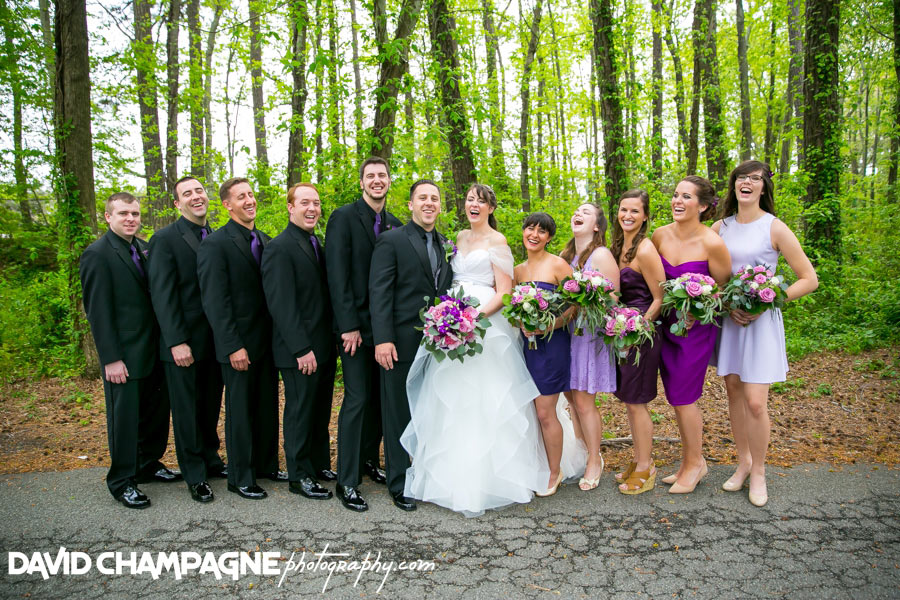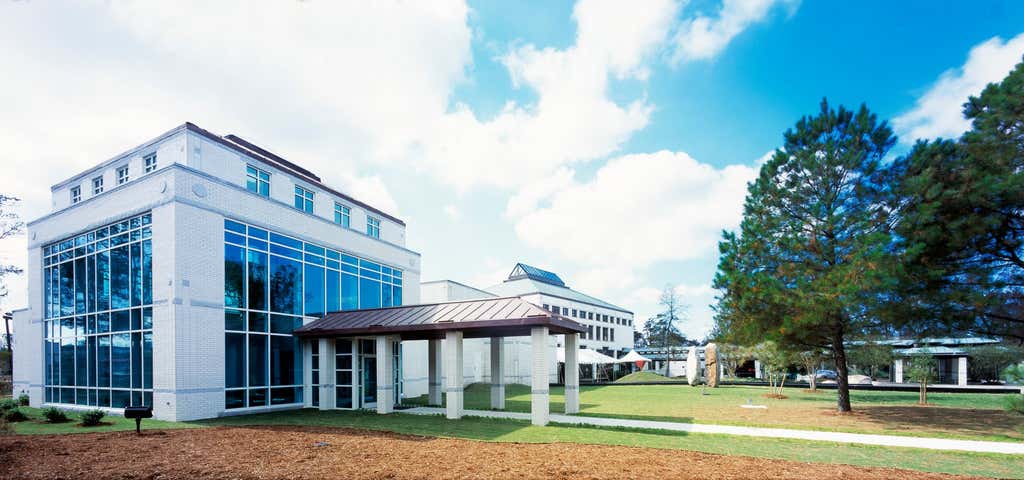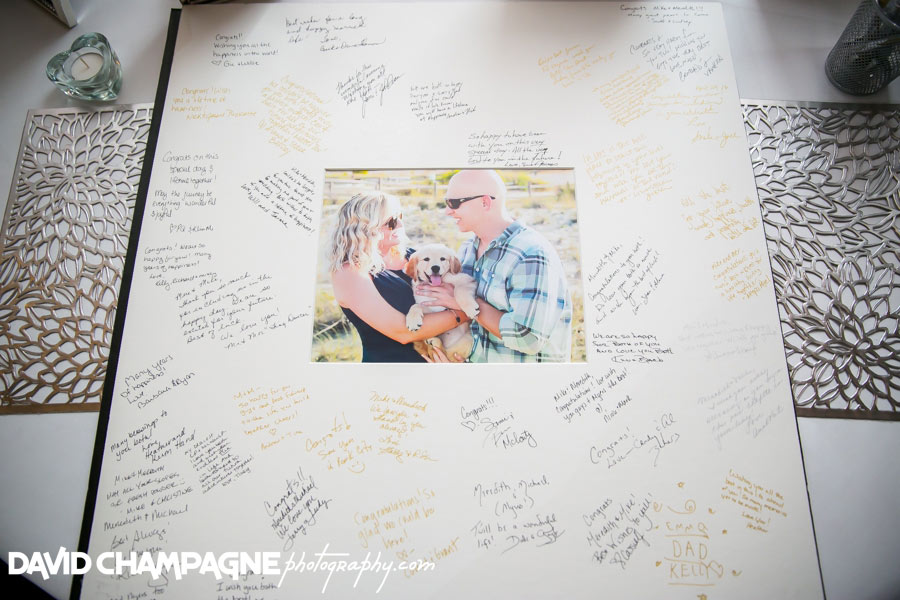

But this statement shows an awareness of art's place in the social and cultural fabric. Hence the charges of "elitism" and so on. Sometimes it seems that art and art institutions are in a world apart from the ordinary world. If reaching out and listening becomes the heroic act, maybe there will be fewer memorial services to attend.Ĭarter Ratcliff an art historian and writer responds, "Heather's statement is very powerful.

Making ourselves and our community comfortable with the things that make us uncomfortable is an almost insurmountable challenge.

I want them to come and look even when they don’t like the art on the walls or feel that it is not in keeping with their own values. I want every visitor to feel as though they belong in our spaces regardless of identity, heritage, and political or religious beliefs. We must strive to give more and be more of what we already are: a place of solace and succor, where differing opinions are honored and respected, even when they run into complete opposition to our own. We are an integral part of our city and we have a role to play. Who are we in this delicate ecosystem of city and home when the threat of violence looms? Reconciliation to our new reality will take some time. More importantly, we continue to examine the soul of our institution. But, is it possible to prevent an active shooting? If it does happen (again), where can we run, where can we hide?
MOCA MUSEUM OF CONTEMPORARY ART VIRGINIA BEACH HOW TO
How should we respond? Pragmatically, we look at security and how to keep staff and visitors safe. So, like our city and country, the Museum must also grapple with this shift. That is our reality in the United States, a fact borne out in my own city. Every public space must grapple with the knowledge that any single person with ill-intent has the ability to kill indiscriminately. Our staff members lost friends and loved ones that day. We, as a museum, were not left unaffected by this tragedy. I am the Curator for the Virginia Museum of Contemporary Art (MOCA). We struggle with this new identity of having had a home-grown mass murderer among the heroes and assert that we are more than the evil done by one man. We are the largest city in Virginia, yet we are small enough for everyone to have felt this loss. One of our own blithely took a tool of destruction and aimed it at friends and colleagues, ending the lives of a dozen people. On May 31st of this year, we discovered that we were also home to at least one villain. The sacrifice of time and talent is the norm for our service members and their families, including my own.

Our neighbors were on the team that raided Osama Bin Laden’s compound. Some of our citizens were the first to head overseas in response to 9/11. Our region has one of the largest concentrations of military service members in the world. In my mind’s eye, Virginia Beach, Virginia has always been a city of heroes. Heather is married to Kavon Hakimzadeh, a navy military captain who is preparing to deploy amid these heightened tensions. Here we offer a statement by Heather Hakimzadeh, a curator at Virginia MOCA, in response to the mass shooting in Virginia Beach on May 31st. They also damage fundamental modes of Americans’ shared existence. Mass shootings in public spaces do more than kill and injure. The second on July 28 at the Gilroy Garlic Festival, killing 3 people and injuring 13, the next on August 2 at a Walmart in El Paso, a gunman killed 22 people and injured 24, and finally on August 4, just a few days later, in Dayton, Ohio a gunman killed nine people and injured 27 outside of a bar. This was the first of four mass shootings in America this summer. On May 31, 2019, a gunman killed 12 people and injured five others at a municipal building in Virginia Beach.


 0 kommentar(er)
0 kommentar(er)
